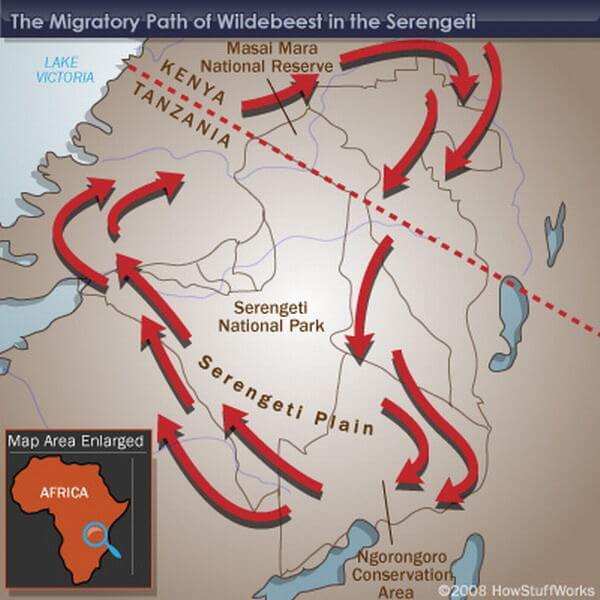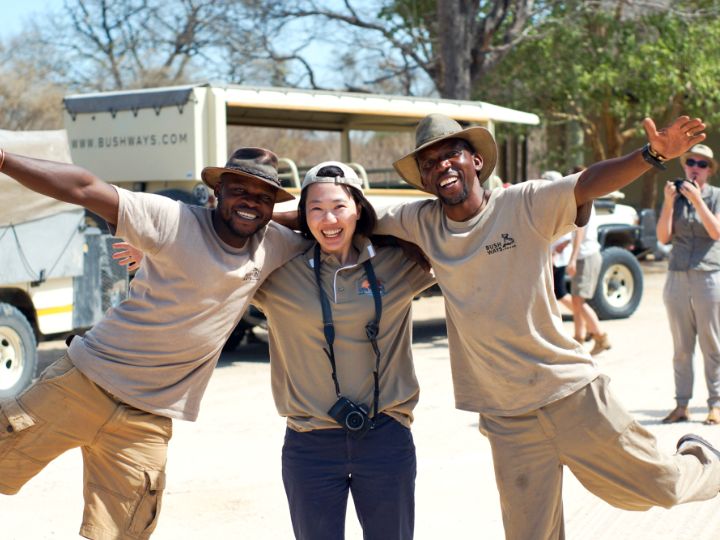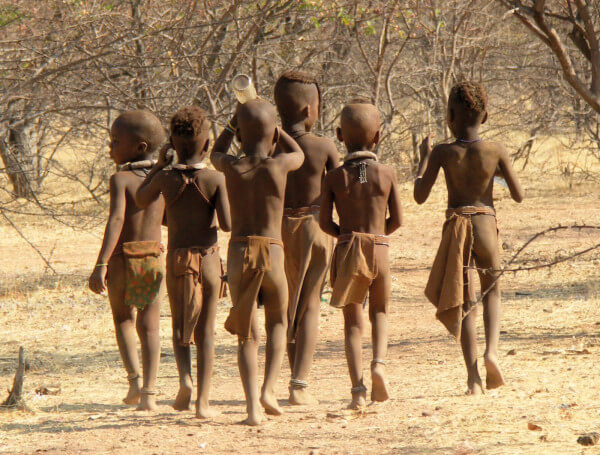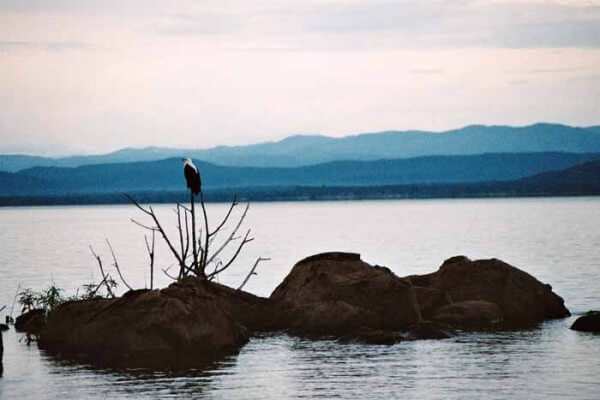The Great Wildebeest Migration in Africa is known as ‘Africa’s Greatest Wildlife Show’. It is one that will leave you amazed and flabbergasted at this African spectacular!
But it can be confusing to most, as it isn’t a show you can book tickets to and be guaranteed your front-row seat. So let’s help you understand when the best time to see the wildebeest migration is.
What is the Wildebeest Migration? Here are some interesting facts:
- Great Migration sees over 1.5 million wildebeest
- Over 500 000 Wildebeest are born during the calving season (January to March).
- Animals migrate in an 800km cycle, the Largest Animal Migration in the World.
- Serengeti National Park eco-system is the oldest and most diverse on the planet.
- Over 3000 lions follow the migration
- During the migration over 250 000 wildebeest die due to exhaustion, hunger, and predators
- There is no leader but rather term called “Swarm Intelligence” where they work as one.
Where does the Great African Migration take place?
The Migration of animals resembles a circular route covering Kenya’s Masai Mara Tours and Tanzania’s Serengeti Tours. The migration is a constant movement and occurs naturally thus the route adjusts every season and depends on the rains and weather.
Map courtesy of How Stuff Works
When is the best time to see the Serengeti Migration?
With no real start or end to the migration (as it moves in a constant circle), you will be forgiven for not knowing when to book your migration safari. This pilgrimage of nearly 2 million wildebeest and thousands of zebra in search of food and water will blow your mind for sure. The wildlife is followed by a variety of predators such as lions, leopards, cheetah, hyenas which makes this a once-in-a-lifetime experience.
You can say the migration may start with the birth of nearly 400,000 wildebeest, as they embark on their journey of survival. The herds’ movements are largely determined by the rains, which can be both unpredictable and spontaneous.
These rains are vital for the herd’s movements and calving season.
When is Calving Season for the Wildebeest Migration?
The calving season takes place in the Serengeti National Park and Ngorongoro Crater Conservation Area. Look out for the action from early January to late February, when nearly 80% of the wildebeest give birth over a period of a few weeks.
- This would be the Best Time to see the Wildbeest giving birth: Early January to late February is the traditional carving season of the wildebeest
The herds are concentrated in the Ndutu and Salei plains which are in the southern Serengeti and Ngorongoro Conservation area. The young, bewildered calves attract the attention of predators such as lion, cheetah, hyenas. This results in an action packed safari filled with all the classic chase and battle stereotypes.
From March through to mid May the herds reside in south-western Serengeti and Maswa Reserve. Settled here, they take full advantage of the vegetation as the young calves gain strength and grow stronger. Their second biggest challenge awaits, as they enter the Masai Mara.
The herds start moving further north into Mbalageti / Grumeti region of the Serengeti (also known as the western corridor) grazing from late May to mid July. This is possibly the best time to see the wildebeest migration in a beautiful region of the Serengeti. What better than waking up for an early morning balloon ride watching the sun warm up the day and unveiling the herds scattered across the golden plains!
When is the best time to see the Masai Mara Migration?
From mid-July to mid-October the wildebeest herds, zebra, and wildlife following in hot pursuit, reside in the Masai Mara Game Reserve in Kenya. One of the biggest challenges for their survival is crossing the Grumeti River, which stands between them and the fertile rolling plains of the Masai Mara. The stronger of the wildebeest will outsmart the crocodiles lying and waiting for the straggler to cross on their own, making them an easy target.
Mid October to November marks the end of a full circle traveled, making their way back to the Serengeti National Park.
- BEST TIME: Mid July to mid-October the wildebeest are generally in the Masai Mara
Can the Migration River Crossing be Predicted?
So you have been watching National Geographic for years, and you have your heart set on see the great migration as it has been shown on TV. Well in June and July, the herds start amassing along the Grumeti River in the Serengeti, preparing to head northwards to the Masai Mara.
The simple answer is no, as the animals arrive at different times. Some wait and hang around, while others cross. For this reason the longer you spend in the Masai Mara the better.
However, in August and September, the herds reach the Mara River and start to make the famous crossing. Yet many will die in the process, and many more will be eaten by crocodiles.
- BEST TIME: End of August – End September the wildebeest reach the Mara River for the famous crossing
These are the quintessential migration scenes you may have seen in nature documentaries. Picture hordes of animals moving at once with single-minded purpose, and the drama that follows.
By October the herds start moving from the Masai Mara southwards back to the Serengeti.
Often with changing weather patterns, the migration is not always predictable and the movement patterns vary.
The end of August to the end of September is a safe bet for the best time to see the Wildebeest Migration if you want to witness the big river crossing.
Want to know more about what a Safari in Africa is all about?
Many tourists who are not familiar with Africa ask the question – what is an African safari?
Well, a safari is an exciting and adventurous way of seeing the ‘real Africa’ because it enables you to view a variety of wildlife in their natural habitat. As a result, going on a safari gives you an authentic experience of African culture.
Safaris can involve walking through the wilderness, driving in 4×4 vehicles, or flying in light aircraft. The purpose of a safari is to allow you to get intimate with the landscape and scenery.
While most challenging, you need to be young at heart and open-minded to get the best out of a safari trip. All safari vehicles are custom-built to travel to remote places. Thus allowing you to view wildlife from a safe distance in comfort.
Are you ready to join a safari in East Africa?
If the Great Migration and the diverse landscapes and wildlife appeal to you then join an overland tour through East Africa to experience the adventure of a lifetime!
Let us help you plan your overland adventure while you sit back and relax. One of our travel advisers will find the best tour to suit your travel style and budget. We will answer all your questions and take you on the exciting journey of booking an African Adventure!
Here’s a guide on the 12 things you need to know before you go on overland and we also have you covered with our detailed safari packing guide.
How to travel to the Serengeti on a budget in 2023 2024 [Guide]






0 Comments